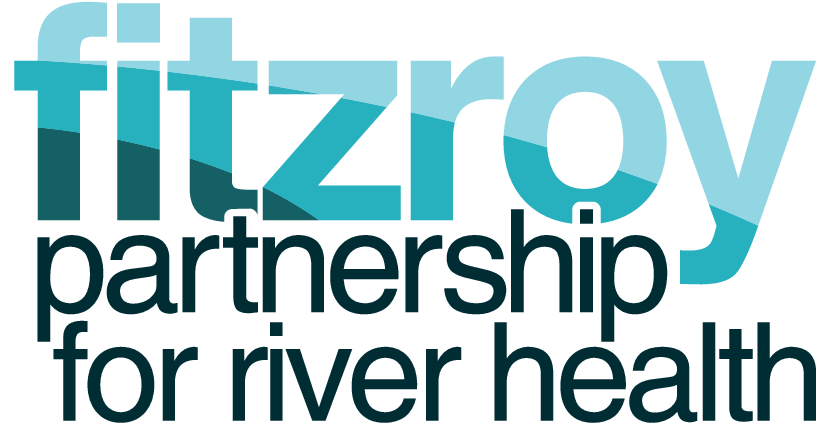Future Directions
The Reporting Framework
Due to known data limitations the indicators chosen in this report fall mostly within the classification of state within the DPSIR framework.
The response component was covered in this first reporting round by a review of stewardship measures.
It is recommended that indicators within the remaining categories of driving forces and pressures and impacts are incorporated in future reporting for the Fitzroy Basin.
The recent review of the SEQ EHMP found a need to add a ‘Drivers and Pressures Monitoring Program ‘ to collect information about key drivers of water quality and ecosystem health and pressures on water quality and ecosystem health at a catchment or waterway scale. The additional monitoring program would also aim to add to interpretation of data and help to inform and prioritise future management actions.
Ideally this recommendation to EHMP should be taken into account in developing an EHI for the Fitzroy Basin. While the use of the DPSIR framework to select potential indicators provides some indication of causality there remains a need to develop meaningful indicators of driving forces and pressures in the Fitzroy Basin based on causal relationships. The lack of baseline and/or reference data on which to base assumptions about natural variations in ecosystem health within the basin, in combination with the large variety of possible anthropogenic pressures and the diffuse nature of many of these pressures, currently limit the possibility of tracing causality from state and impact indicators back to driving forces and pressures. For this reason the most effective means of approaching causality will be to develop indicators that directly relate to driving forces and pressures in the basin, and upon which assumptions of possible changes to the state of the environment can be based.
Stewardship
The stewardship sub-program is distinct from a threats (prediction) sub-program, which is proposed to ‘provide information to assess the level of threats to waterways (pressures) through remote sensing and modelling e.g. land use change, groundcover, water quality loads and environmental flows. The threats (prediction) sub-program provides the linkage between the cumulative impacts of resource use and management, and waterway health.
Future assessments could focus on the relative threats from major land uses, with analysis utilising spatial imagery, summary data on relevant licences and modelled outputs. Information on threats may not be reported as an index, but will be presented as part of the report card product.
Ecosystem health
The Fitzroy Basin is characterised by a highly variable flow regime with ephemeral streams in its upper reaches. Periods of drought and seasonal drying are likely equally important as flood events in driving ecosystem function. The prevalence of ephemeral streams in the basin makes application of some aquatic ecosystem health indices (such as SIGNAL scores) problematic. This issue is particularly relevant in relation to biotic indices and biological indicators in general. A research project to develop an AUSRIVAS model and test some biotic (macroinvertebrate) indices that are applicable to the Fitzroy Basin is currently underway at CQU. This project runs until 2014 and will be available to contribute to future revisions of the Ecosystem Health Index.
Ecosystem resilience
Ecosystem resilience is an emerging science in the fields of marine and aquatic ecology. Walker et al. (2011) described resilience as ‘…the capacity of a system to absorb disturbance and reorganize while undergoing change so as to still retain essentially the same function, structure, identity, and feedbacks.‘ To attempt to address the question of how effectively the ecosystem might recover from stress, the proposed criteria for selecting indicators to include in an Ecosystem Health Index for the Fitzroy Basin incorporates a criterion that considers the ability of an indicator to contribute to an assessment of ecosystem resilience. For some indicators this will be possible to determine but for others not enough is yet known on this subject to make an accurate assessment. Defining ecosystem health indicators in a way that will provide insight into the resilience of an ecosystem and interpreting benchmarks in relation to ecosystem resilience are tasks that require application of the concepts of resilience and indicators to the Fitzroy.
The Indicators
Dissolved oxygen was not evaluated in this report card. However, the Science Panel regarded DO as an important indicator of ecosystem health. The DO data that were available for this first report card were mostly from ‘spot checks ‘ that do not take account of diel DO fluctuations. Dissolved oxygen fluctuates with changes to the chemical and biological status of the system over the day. For instance, because of photosynthesis, a spot check measure of DO after midday can be much higher than that recorded in the early morning. Hence, spot data are not representative of the system‘s condition Deploying meters to record ambient DO conditions every 10 minutes over a 24 hour period will serve to improve confidence in knowledge of DO. However, in many places of the Fitzroy Basin the logistics of placing and maintaining a DO logger is impractical.
For Metals with medium and low reliability trigger values as reference benchmarks the Science Panel recommended future review. It was considered that these trigger values would remain as reference benchmarks in line with the ‘precautionary principal‘ but that a review of literature be done annually to source more reliable thresholds. Another recommendation for metals, was that the number of these toxicants could be reduced as more information becomes available with each report card that is completed.
Weighting of indicators within the Ecosystem Health Index
The weighting of categories and indicators within the EHI and the interaction between indicators needs additional investigation. Possibly, there is also a need to differentiate between stream types such as ephemeral and permanent that greatly vary in dynamics. At present this separation requires further investigation and additional data collection. Could placing more emphasis on certain categories or indicators improve the EHI method for the Fitzroy Basin? This is a complex question that is hampered by the current lack of knowledge on ecosystem function in the Fitzroy. It is also unaided by natural variabilities in condition that relate to disparate flows, and seasonal and spatial differences, and how these specifically affect the condition. There is also the interaction between indicators to consider. The correct weighting may be difficult to determine but further research into relationships between indicators, the impacts and conditions in a spatial and temporal context may help to improve weighting methodology for the future.
Predicting changes in ecosystem health
The Science Panel recommended the use of predictive models to advance ecosystem health assessments of the Fitzroy Basin. These models could be simple relationships between variables as determined through scientific research. Alternatively, they could be advanced models based on the Integrated Quality and Quantity Model (IQQM) used by the Queensland Government in water resource planning or the eWater Source models (www.ewater.com.au). The CQU team recommended a predictive model of fluctuations in ecosystem health in relation to climate variation as a result of the El Nino Southern Oscillation (ENSO) and Pacific decadal oscillation (PDO) phenomena would be beneficial. However, very complex models are heavily data reliant, and this has limited model development in the past for the Fitzroy Basin. Further research and data collection would be required to establish reliable predictive models for the Fitzroy Basin.



